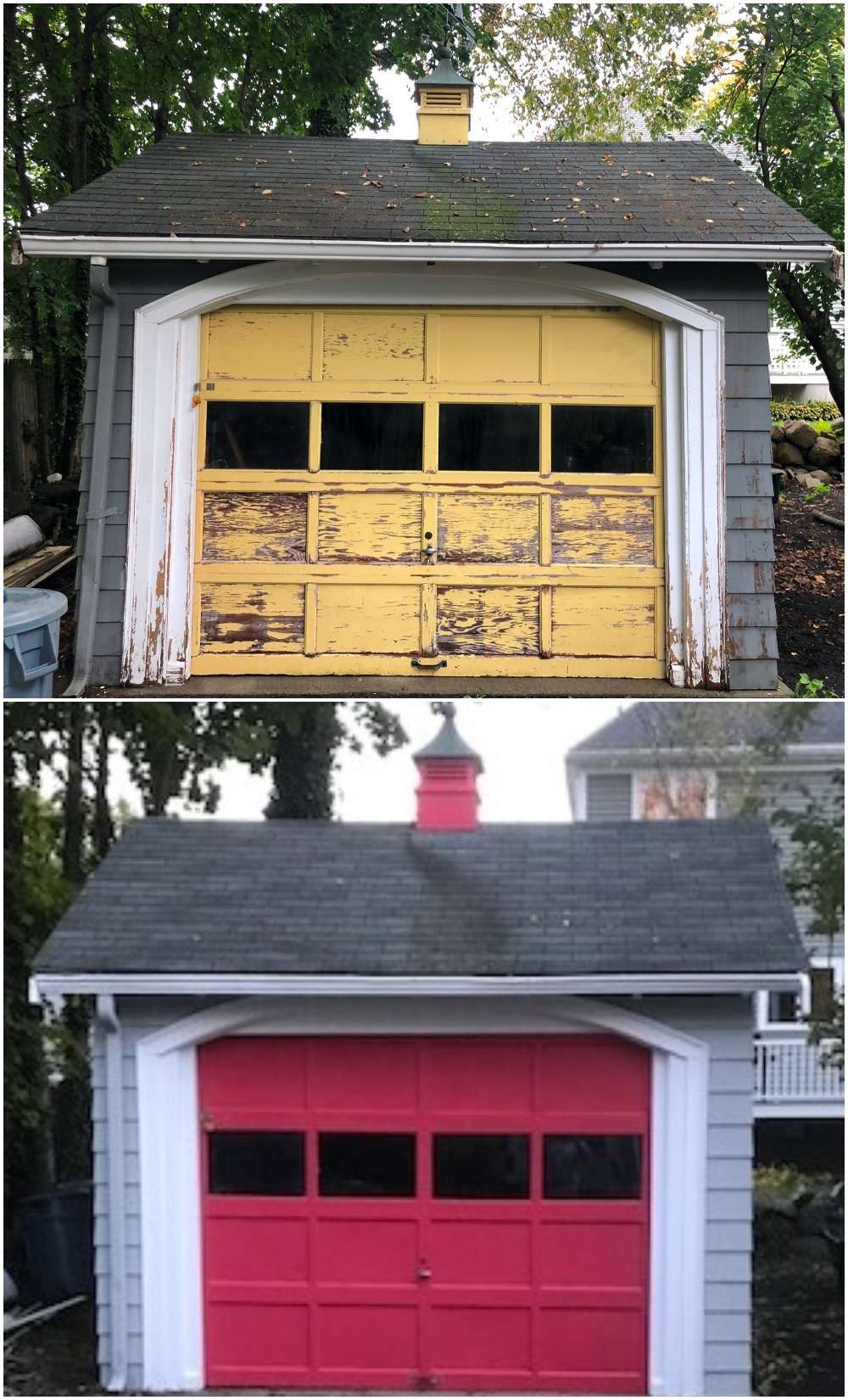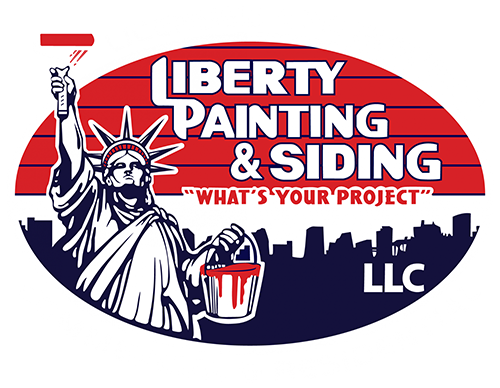For most of us, our homes are one of our biggest investments. It’s not only the place we reside, but it’s the place we keep our family safe, and an outward statement of our pride in our property. We must protect our investment by maintaining areas of our homes such as the plumbing, electrical, roofing, and the overall aesthetics of the outside of our home.
As New Englanders, we know that the climate and Mother Nature can be a force to be reckoned with. Harsh winds, precipitation, wildly varying temperatures, and even scorching heat in the summer can do a real number on the exterior paint of your home.
Many homeowners first begin to notice that their home requires painting when they see issues with their exterior paint such as bubbles, chips, and peels. Each one of these issues signals that it’s time to call in the professional painters to clean, scrape, prime, and paint your home.
Bubbling, chipping, and peeling off paint have several root causes. It may be of benefit that you understand these causes to better maintain your home throughout the year.
Main Causes of Paint Decay
Every home should be regularly painted, but many homeowners falsely believe that the bubbling, peeling, and chipping are inevitable after a certain amount of time has elapsed. This is not necessarily the case. Here are four main reasons why your exterior paint may be looking a little worse for wear.
Lack of Adhesion
Professional painters know that a surface needs to be clean, dry, and smooth for proper adhesion of paint to occur. Anything that is on the surface of the wood including dirt, debris, oils, or other matter can cause the paint to bubble up, sometimes in front of your own eyes.
It’s critical that homeowners, especially those DIYers clean, scrape, and properly sand the surface so that the paint will have a chance to adhere properly.
Moisture & Water
Moisture, which includes morning dew, rain, condensation, and runoff water from gutters can cause paint to fail. Surfaces need to be painted when the humidity is low and the air is dry for the paint to cure.
For this reason, homes should be painted when the temperatures range from 60° to around 85°F and the relative humidity is between 40-70%. Professional painters know to watch the weather forecast and plan accordingly.
Poor Application Method
Another reason your paint may be peeling or bubbling lies in problems with the application method. For instance, an inexperienced painter may use too many coats of paint on the same surface which causes the paint to lift and eventually fail. Additionally, DIYers often tend to apply second and third coats of paint or primer too soon. Optimal drying time needs to occur so the paint is completely dried and cured which allows proper adhesion.
Paint Issues
Sometimes the problem of peeling or bubbling paint has a root cause in the paint itself. If these paint failures are occurring in your home you may be using the wrong type of paint, the paint may be old, or you may not be choosing a paint of high enough quality.
If your most important investment is showing signs of wear-and-tear, talk to our team today to complete a thorough job and transform your home with an exterior paint project.



